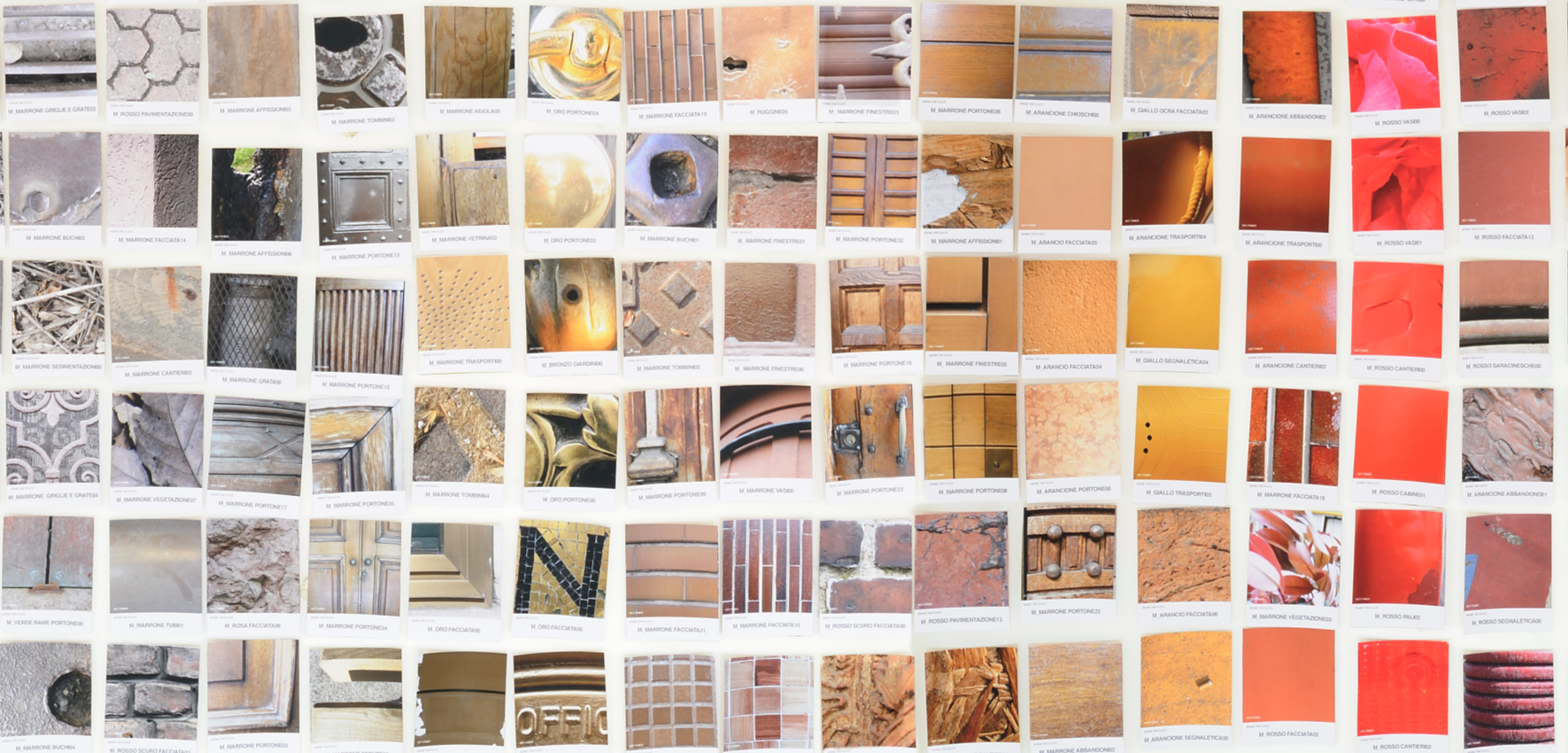text by Giorgio Chiarello, Architect
The term ‘sense of place’ has been defined and used in many different ways and could include geographic or environmental features of a specific location or a particular lifestyle, mood, meaning, or iconic perception related to it.
Certainly “sense of place” can be further declined at it’s minimum denominator where each person has his or her personal perception of a place that is, directly or indirectly, filtered by cultural background, age, sex, economic and social status, ethnicity, etc.. and definitively has to do with how we define the values and the meanings related to place and space. Therefore our own description of our place and other places is inseparable from our identity that undoubtedly is part of the dynamic interaction of relationships that develop between self, others and the contexts and these three key elements contribute to our sense of place.
Normally places that lack a ‘sense of place’ are considered “inauthentic” and this is probably due to the fact that they have a poor or no specific relationship to the local context. They could be anywhere as occurs for the majority of the fast food chains, shopping malls, rather than the petrol stations and the anonymous roadway infrastuctures that design the urban sprawl of our cities making them all dramatically look the same.
So if sense of place is what we are trying to define, “sense the place” clearly represents an open invitation to investigate the connotation processes that somehow lead to the necessary level of awareness and comprehension of the modalities of perception-understanding-description of the contemporary city, considered not only as a mere urban infrastructure or an agglomeration of functional spaces, but as a “place-in-progress” where interaction, socialization and regeneration processes continuously redesign it’s physiognomy.
The project can be defined a “experiential” cognitive mapping process that strategically recalls to use our 5 fundamental perceptional senses as “sensors”, sophisticated de-coding tools that, through images and colors, signs and sensations, sounds and noises, smells and aromas, textures and patterns, allow us to re-read and interpret the places we live in delivering us an extraordinary picture of the world that surrounds us and, probably, of ourselves.
gruppo OPLA+
